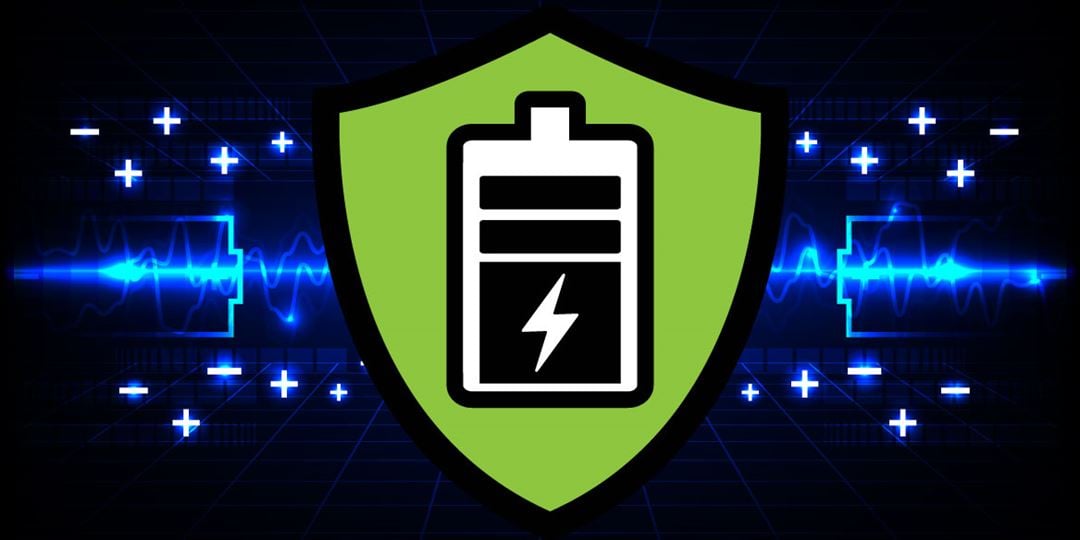Energy storage can also contribute to peak shaving by storing energy from the grid in low demand periods and provide extra electricity during high demand.

Particularly Li-ion batteries (LiB) have gained market shares in recent years. However, LiBs also bring cause for concern with their fire and explosion risk. Although thermal events with LiBs are rare, the consequences can be fatal if a large battery system goes into thermal runaway.
And there is too little knowledge on how these large battery energy storage systems (BESS) can be implemented in a safe and practical way in both small and large buildings.
In SafeBESS we intend to close this knowledge gap by going deeply into the matter of battery fires, how to handle them and how to make sure it is safe to implement these into our energy systems.
This we will do by performing fire experiments on actual battery cells and modules and measuring temperatures, heat generation and gas evolution from these batteries.
By numerical simulations we can extend the data from small cells and up to large systems without having to perform costly and dangerous experiments.
Experimental testing will also be performed on construction materials to reveal weaknesses and strengths in current building materials.
All the gathered data in addition to a mapping of all existing information and data will form the basis for a set of guidelines and recommendations for best practice with regards to safe implementation of BESS in buildings.
The information gained may also form the basis for new regulations and laws concerning such installations.



